My Story:
About Me
I was always fascinated by the natural world. As a child, I would play outside for hours; swimming, running through the woods, climbing trees, building forts - the typical kid things. These experiences led me to pursue a B.Sc. in Natural Resources at Northland College and a Ph.D. in Biology at the University of Vermont. I also worked as a fisheries technician for the USGS Lake Superior Biological Station and Lake Erie Biological Station before pursuing graduate school.
My choice of research topics is deeply personal and a lifetime in the making. Growing up in Wisconsin, I am no stranger to winter. However, not all winters were cold. In 2012, I can remember jumping into the ice-free waters of Lake Superior in March - yeah, I may be a little crazy! Two years later, a Polar Vortex created record high ice coverage on Lake Superior in March. Was this variability normal or was change in the air? What effect might this variability have on fish and other aquatic organisms? How might changing ecosystems impact native species conservation? These questions became the central theme to springboard my career as a fish biologist, and the core of my research revolves around addressing these types of questions through quantitative, modeling, and experimental approaches.
I was a Postdoctoral Associate with Mississippi State University and the Mississippi Cooperative Fish and Wildlife Research Unit. My primary project is developing a web-based application to provide data integration and analytics tools for invasive carps throughout the Mississippi River basin.
I am currently a fisheries biologist for the Utah Division of Wildlife Resources. My primary responsibility is management of the fish communities within reservoirs and alpine lakes across the northern region of Utah.
Personal Life
I am an avid outdoors enthusiast always looking for the next mountain to climb, or ski up (yes, up!) depending on the season with my dog and wife. My free time is usually spent kayaking, alpine, backcountry, and nordic skiing, trail running, camping, biking, or fishing. During my less active time, you can usually find me sitting around a campfire, enjoying a craft beer, woodworking, gardening, or catching up on the latest R news.
Research
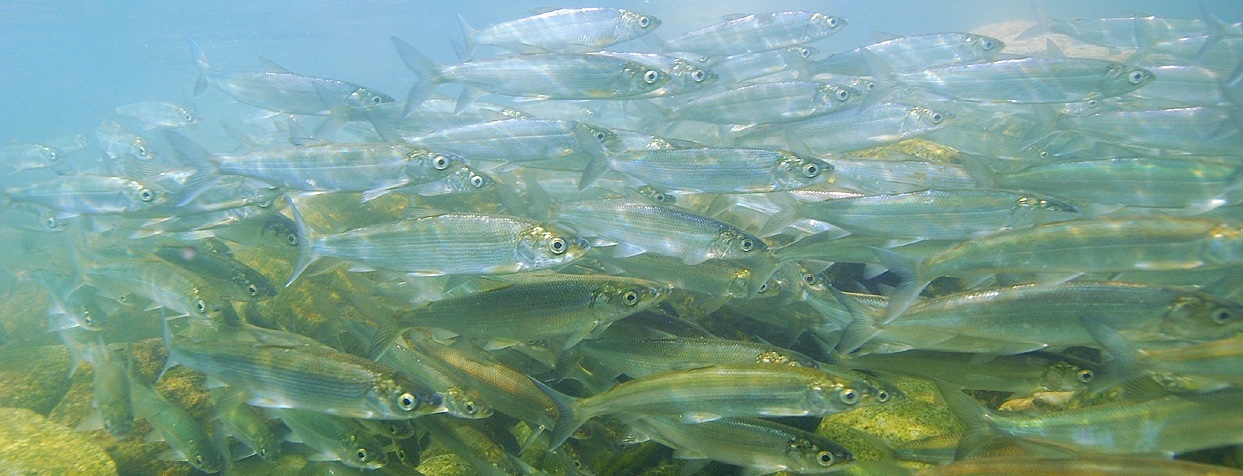 Credit: Paul Vecsei
Credit: Paul Vecsei
Climate Adaptability of Freshwater Whitefishes
The Problem: Climate Change
A growing body of evidence suggests that the Earth's climate is changing. How large-lake ecosystems respond to climate change is an area of concern because of the many ecological and socio-economic services these systems provide. Fish contribute in numerous ways to the diversity and functioning of aquatic ecosystems, and to the health, well-being, and economies across all continents. If fish become less common as a consequence of changing environmental conditions, the negative effects could be felt throughout the entire ecosystems they occupy! Understanding how aquatic organisms may adapt to climate change is crucial for management agencies to conserve and maintain diverse, abundant, and healthy populations of native species.
Integrative Approach
Freshwater whitefishes, Salmonidae Coregoninae (hereafter coregonines) play important economic and ecological roles throughout the northern hemisphere, but populations have declined over the past century. Coregonines generally spawn during late-autumn, embryos incubate over winter, and hatch in early- or late-spring. Incubating coregonine embryos are static which leaves them vulnerable to predation and unable to evade detrimental changes in winter environmental conditions. Through a series of laboratory experiments, we evaluated how climate-induced changes in aquatic ecosystems (i.e., water temperature and ice coverage) may impact the early-life development of coregonines throughout North America and Europe. We found varying magnitudes of responses among study groups suggesting differential levels of developmental plasticity to climate change. We then developed temperature-dependent embryo development models to assess the potential impacts of climate-induced changes in water temperature across three simulated future climatic-warming scenarios. Our simulations demonstrated that subtle changes in water temperature can translate into substantial changes in the reproductive phenology of coregonines among our study groups. We expect that the changes in coregonine reproductive phenology predicted by our models, in the absence of thermal adaptation, will have negative implications for population sustainability throughout the current century, even under the lowest climate-emission scenario.
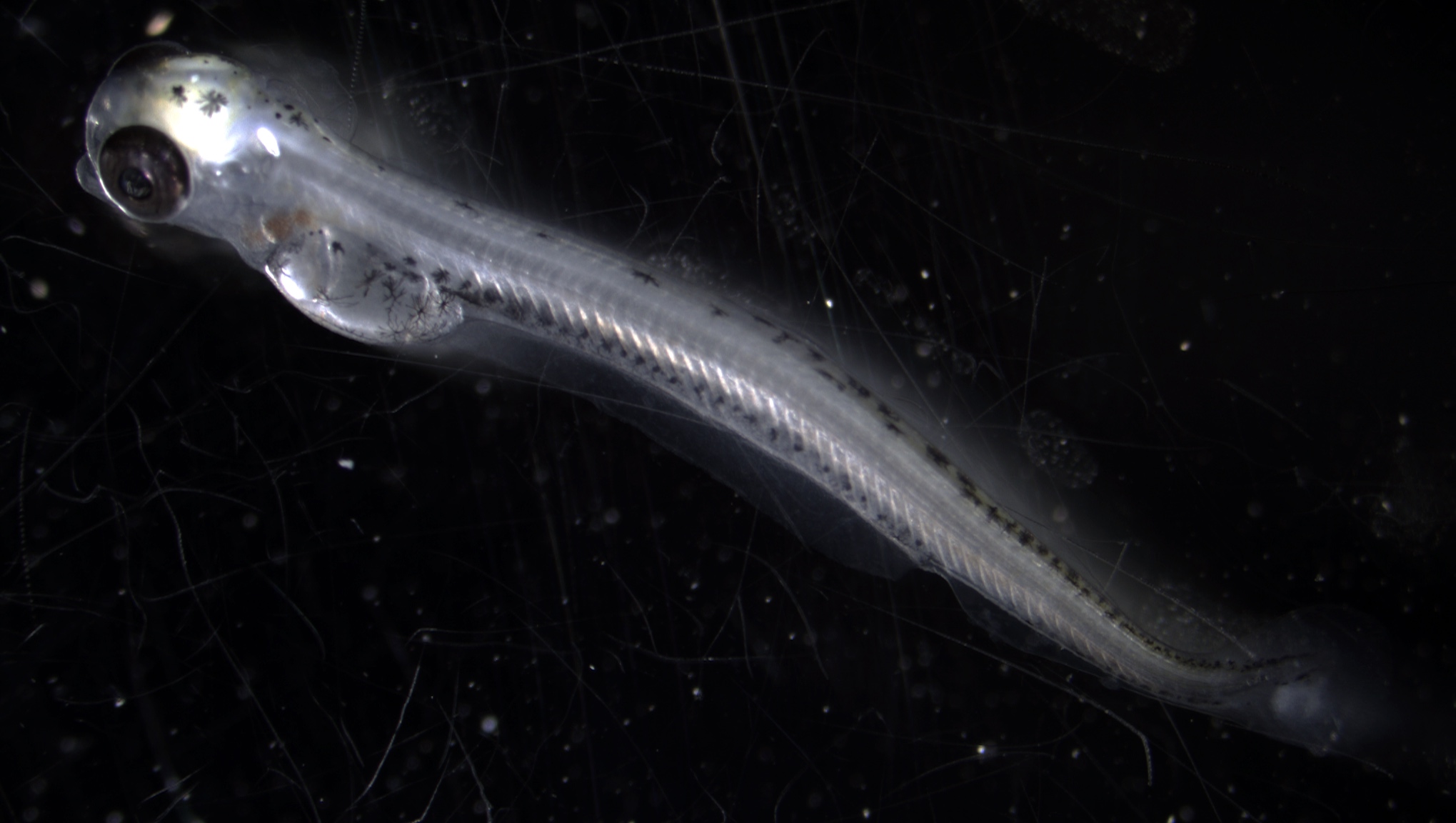
KEY COLLABORATORS:
Mark Vinson
Emilien Lasne
Juha Karjalainen
Data Analytics Tools for Invasive Carps
The primary objective of this project is to develop a web-based application providing data integration and analytics tools for invasive carps throughout the Mississippi River basin. This project requires me to maintain a high-level of communication with cooperating state, federal, and academic partners to address their specific data storage and analytic needs. Our goal is to permit cooperators to analyze standardized, inter-agency datasets and quickly assess the distribution of invasive carps while estimating stock assessment attributes. Increasing access to rapid analyses of invasive carps data at regional scales provides managers additional resources to conduct strategic planning, implement structured decision-making exercises, and develop adaptive resource management programs. In addition, we are pursuing complementary side projects, including: 1) developing a simulation tool to estimate statistical power of varying future changes across a range of invasive carp catch and sampling efforts, 2) fitting gillnet selectivity models to estimate gear bias in invasive carps size structure analyses, and 3) developing a Bayesian belief network to guide an adaptive decision making framework for invasive carps in oxbow lakes within the Mississippi Alluvial Valley.

KEY COLLABORATORS:
Michael Colvin
Steve Miranda
Corey Dunn
Mark Rogers
Reservoir Fish Community Management
KEY COLLABORATORS:
Christopher Penne
Clint Brunson
Matthew McKell
Publications
* indicates undergraduate mentee
^ indicates awarded the Elsevier Student Author Award for Most Notable Paper in '21 Journal of Great Lakes Research
- Stewart, T.R., M.R. Vinson, and J.D. Stockwell. 2022. Effects of warming winter embryo incubation temperatures on larval cisco (Coregonus artedi) survival, growth, and critical thermal maximum. J. Great Lakes Res. PDF
- ^Stewart, T.R., M.R. Vinson, and J.D. Stockwell. 2021. Shining a light on Laurentian Great Lakes cisco (Coregonus artedi): how ice coverage may impact embryonic development. J. Great Lakes Res. 47(5):1410-1418. PDF
- Stewart, T.R., M. Mäkinen, C. Goulon, J. Guillard, T.J. Marjomäki, E. Lasne, J. Karjalainen, and J.D. Stockwell. 2021. Influence of warming temperatures on coregonine embryogenesis within and among species. Hydrobiologia. 848(18):4363-4385. PDF
- Lucke, V.S., T.R. Stewart, M.R. Vinson, J.D. Glase, and J.D. Stockwell. 2020. Spring larval Coregonus diets and zooplankton community patterns in the Apostle Islands, Lake Superior. J. Great Lakes Res. 46(5):1391-1401. PDF
- *Sorrentino, M.G., T.R. Stewart, J.E. Marsden, and J.D. Stockwell. 2020. Differential Lipid Dynamics in Stocked and Wild Juvenile Lake Trout. J. Great Lakes Res. 46(2):376-381. PDF
- Kraus, R.T., C.M. Holbrook, C.S. Vandergoot, T.R. Stewart, M.D. Faust, D. Watkinson, C. Charles, M. Pegg, E. Enders, and C.C. Krueger. 2018. Evaluation of Acoustic Telemetry Grids for Determining Aquatic Animal Movement and Survival. Methods Ecol. Evol. 9(6):1489–1502. PDF
- Stewart, T.R., D.H. Ogle, O.T. Gorman, and M.R. Vinson. 2016. Age, Growth, and Size of Lake Superior Pygmy Whitefish (Prosopium coulterii). Am. Midl. Nat. 175(1):24–36. PDF
Technical Reports:
LEBS. 2016. Fisheries Research and Monitoring Activities of the Lake Erie Biological Station, 2015. Prepared by B. Bodamer-Scarbro, W.H. Edwards, P.M. Kočovský, R.T. Kraus, M.W. Rogers, A.L. Schoonyan, and T.R. Stewart. Report of the Lake Erie Biological Station (LEBS) to the Great Lakes Fishery Commission at the Annual Meeting of Lake Committees, Ypsilanti, Michigan.
LEBS. 2015. Fisheries Research and Monitoring Activities of the Lake Erie Biological Station, 2014. Prepared by B. Bodamer-Scarbro, W.H. Edwards, C. Gawne, P.M. Kočovský, R.T. Kraus, M.W. Rogers, and T.R. Stewart. Report of the Lake Erie Biological Station (LEBS) to the Great Lakes Fishery Commission at the Annual Meeting of Lake Committees, Ypsilanti, Michigan.
In Preparation (drafts available upon request):
Stewart, T.R., M. Zucchetta, J. Karjalainen, C. Goulon, O. Anneville, M.R. Vinson, J. Wanzenböck, and J.D. Stockwell. Winter is not coming: a model to evaluate impacts of changing winter conditions on coregonine spawning and embryo incubation across latitudes and continents.
Lasne, E., C. Brun, T.R. Stewart, C. Goulon, M. Daufresne, J.D. Stockwell, and J. Guillard. Experimental evidence of strong divergences of European whitefish Coregonus lavaretus (L.) embryos’ response to temperature increase in Fennoscandia and perialpine populations.
CV
Data Applications:
Click to expand photos
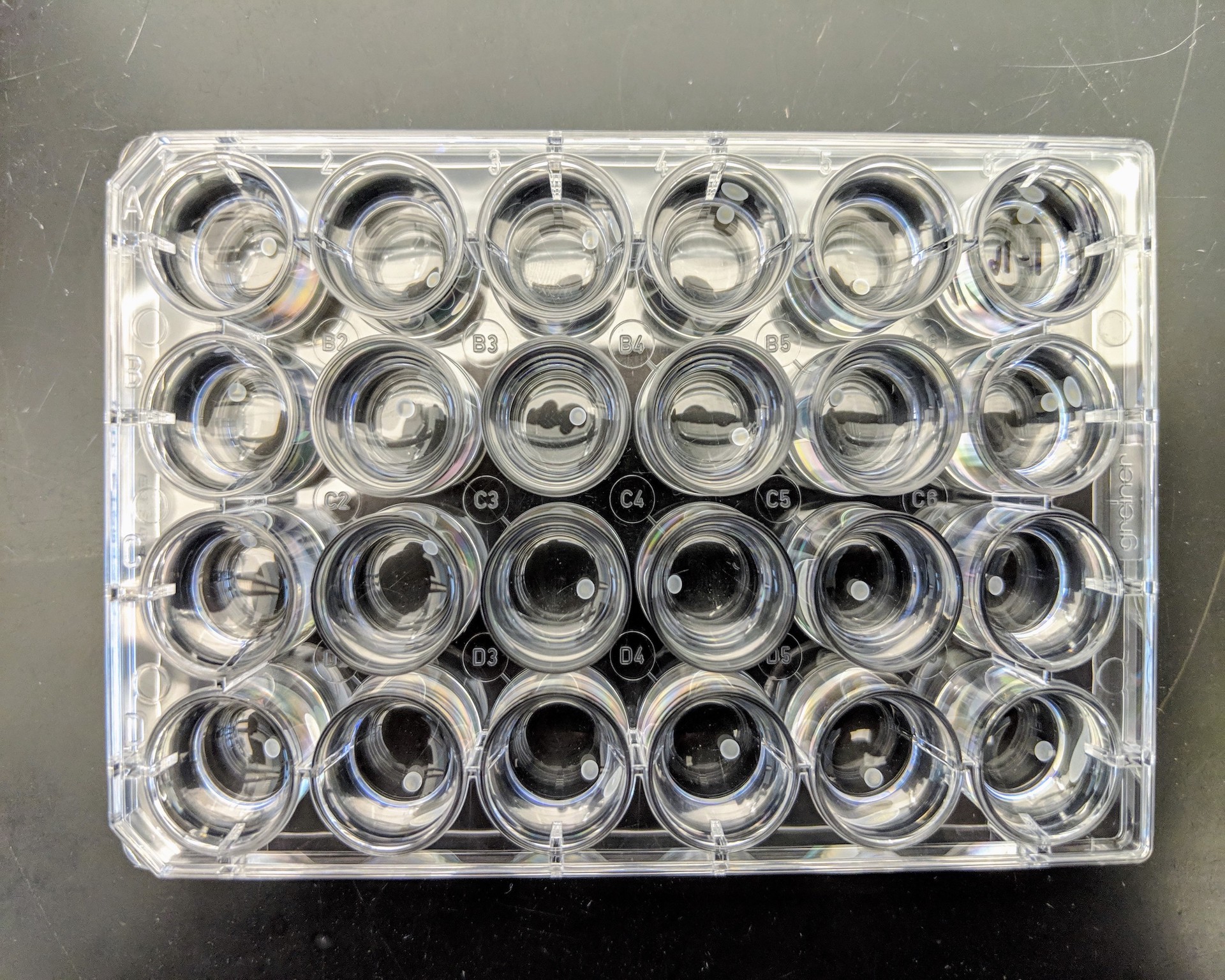
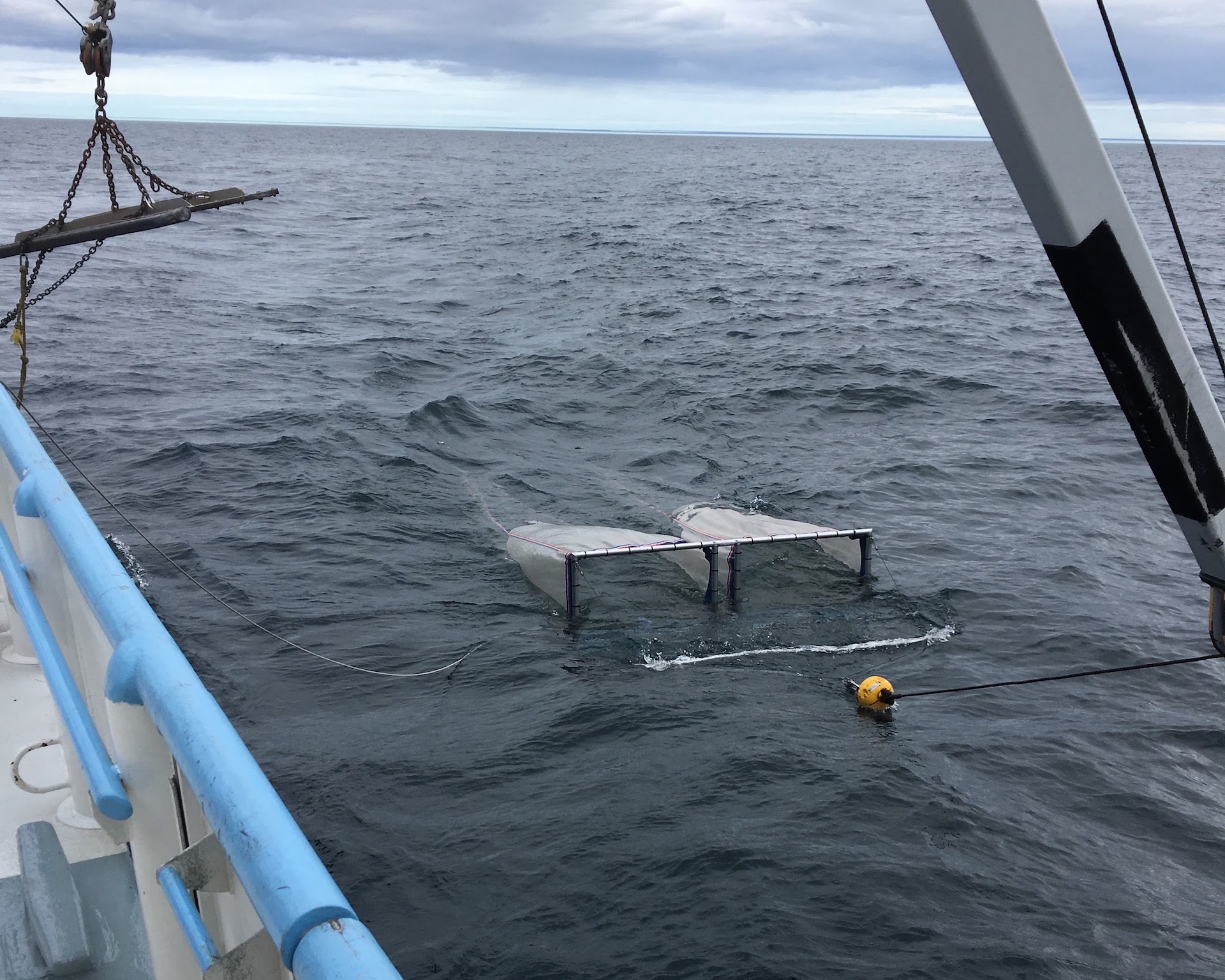
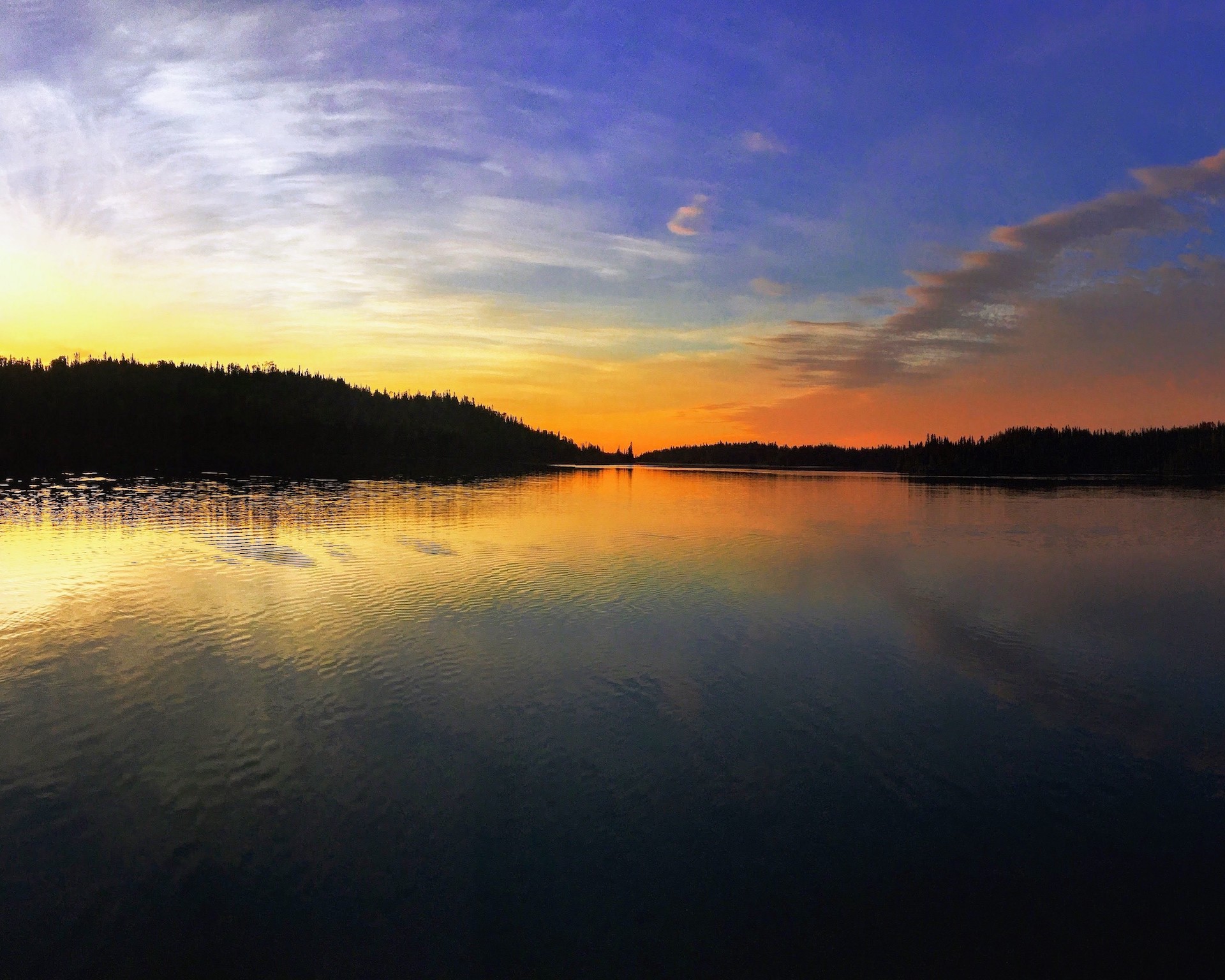
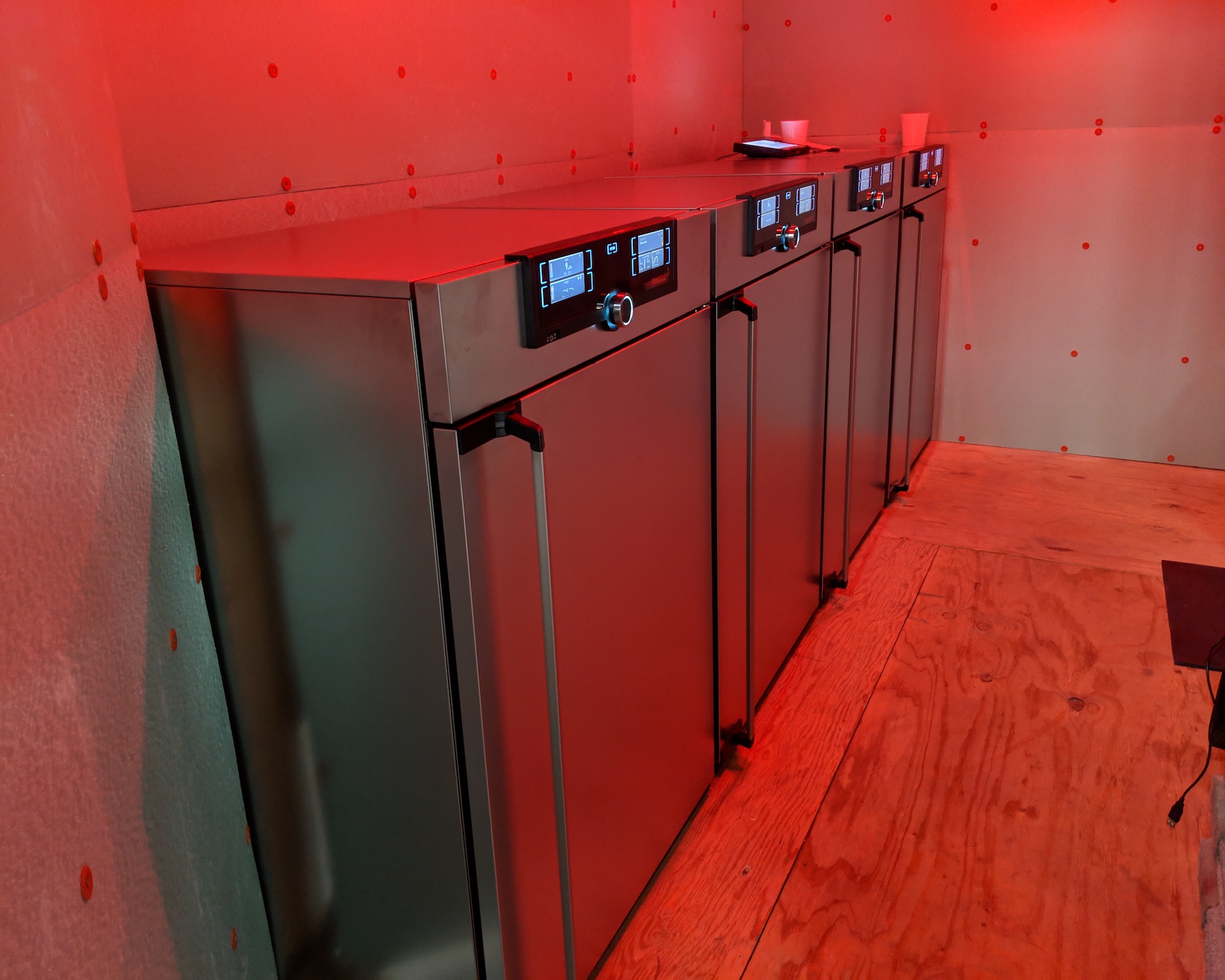
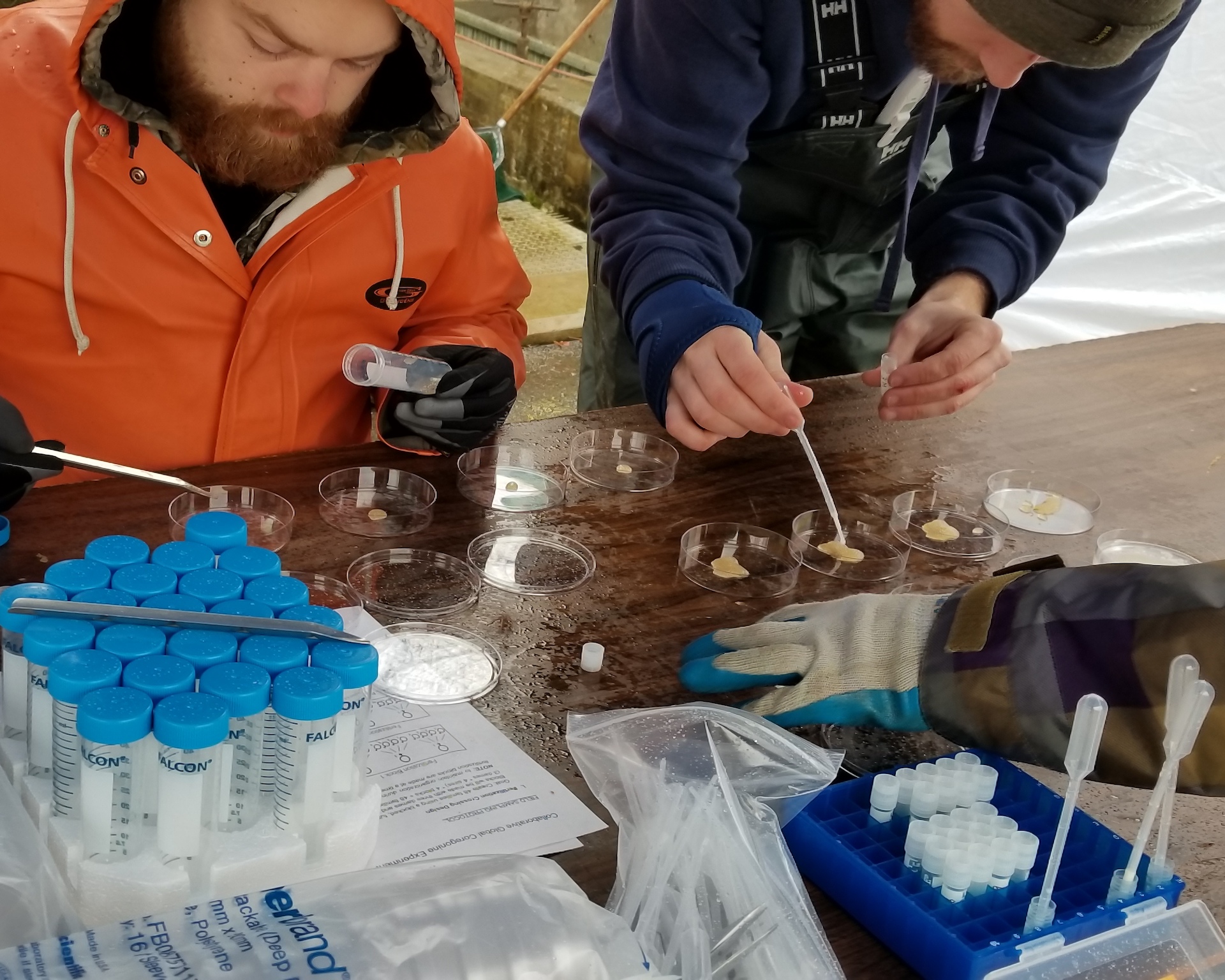
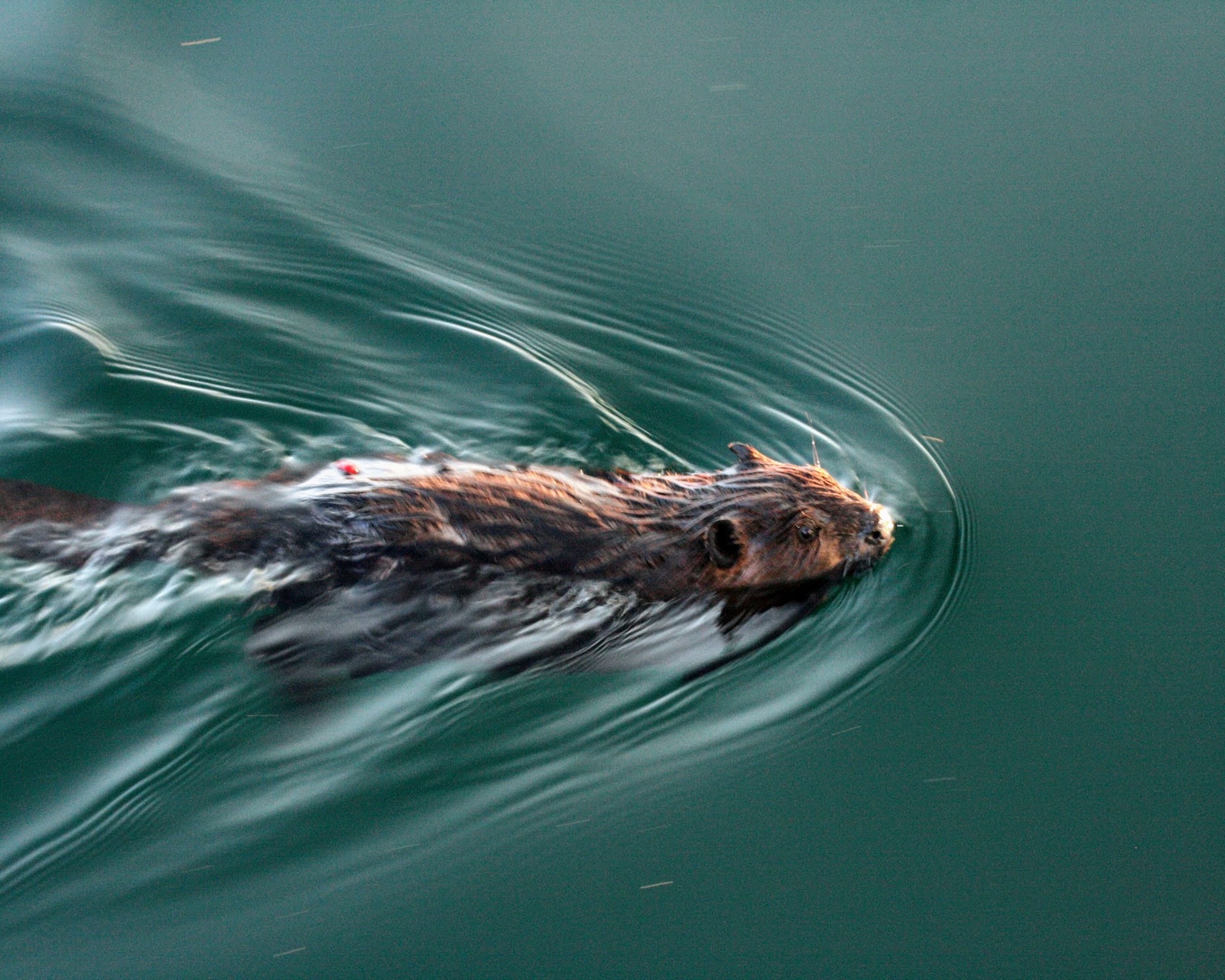
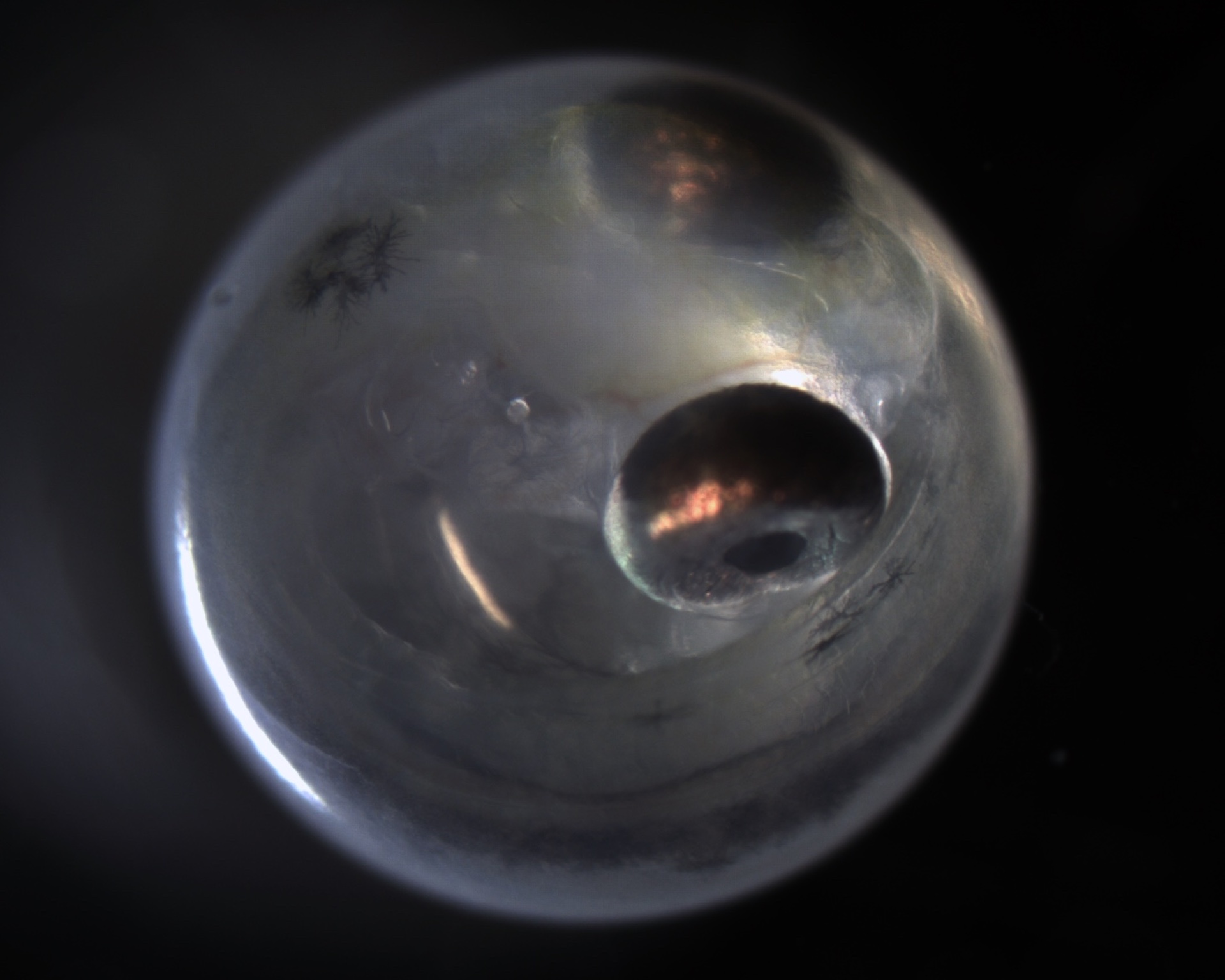
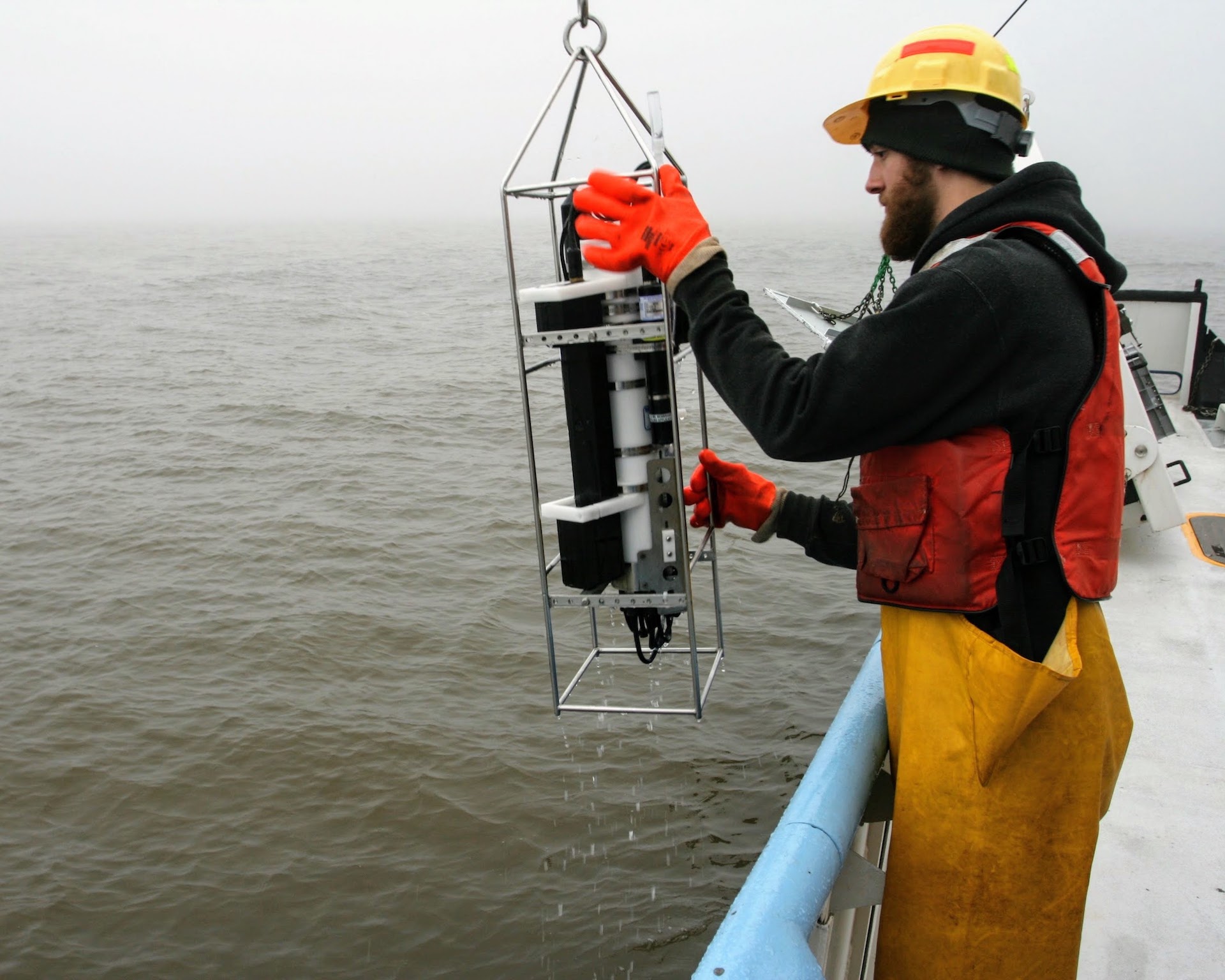
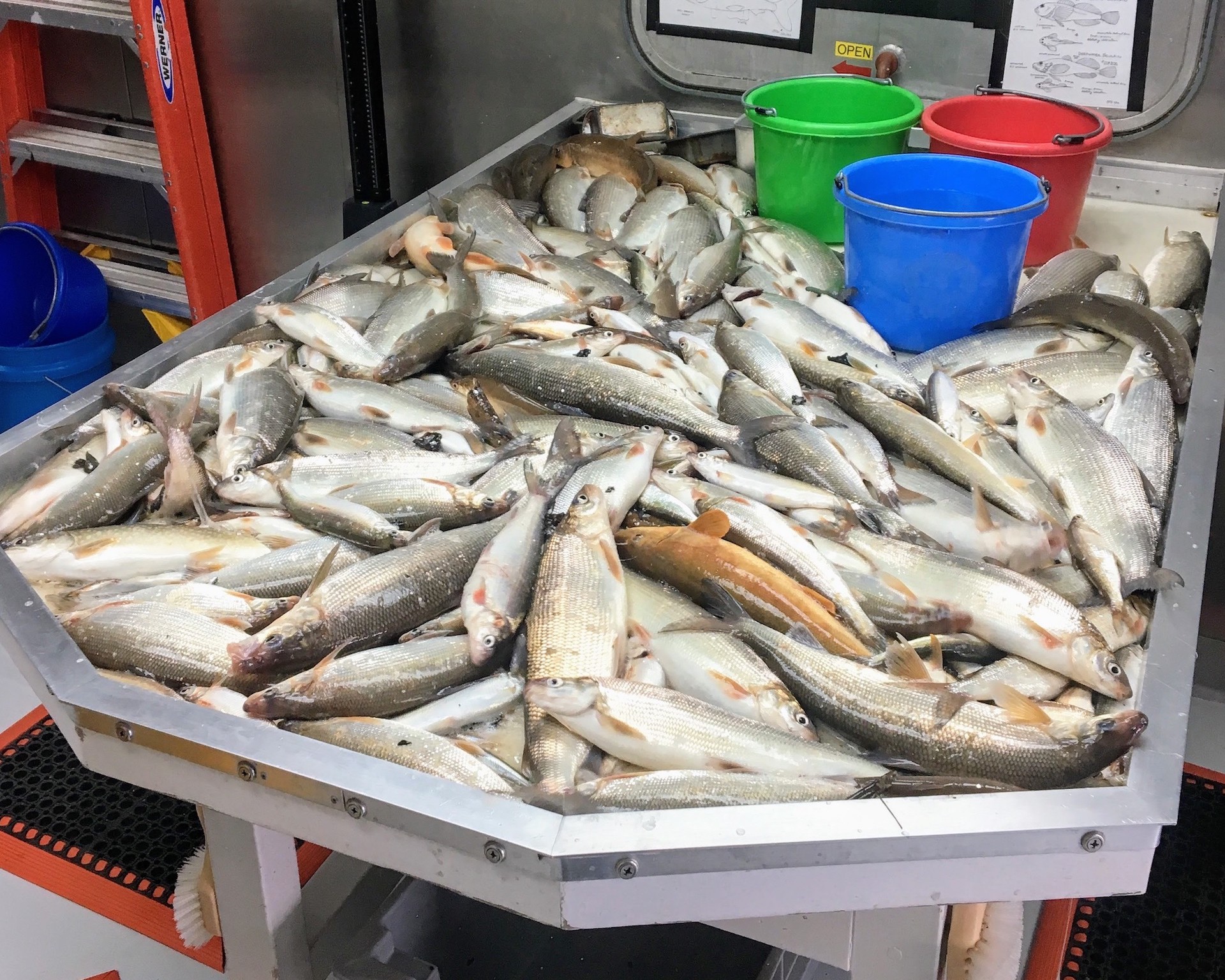
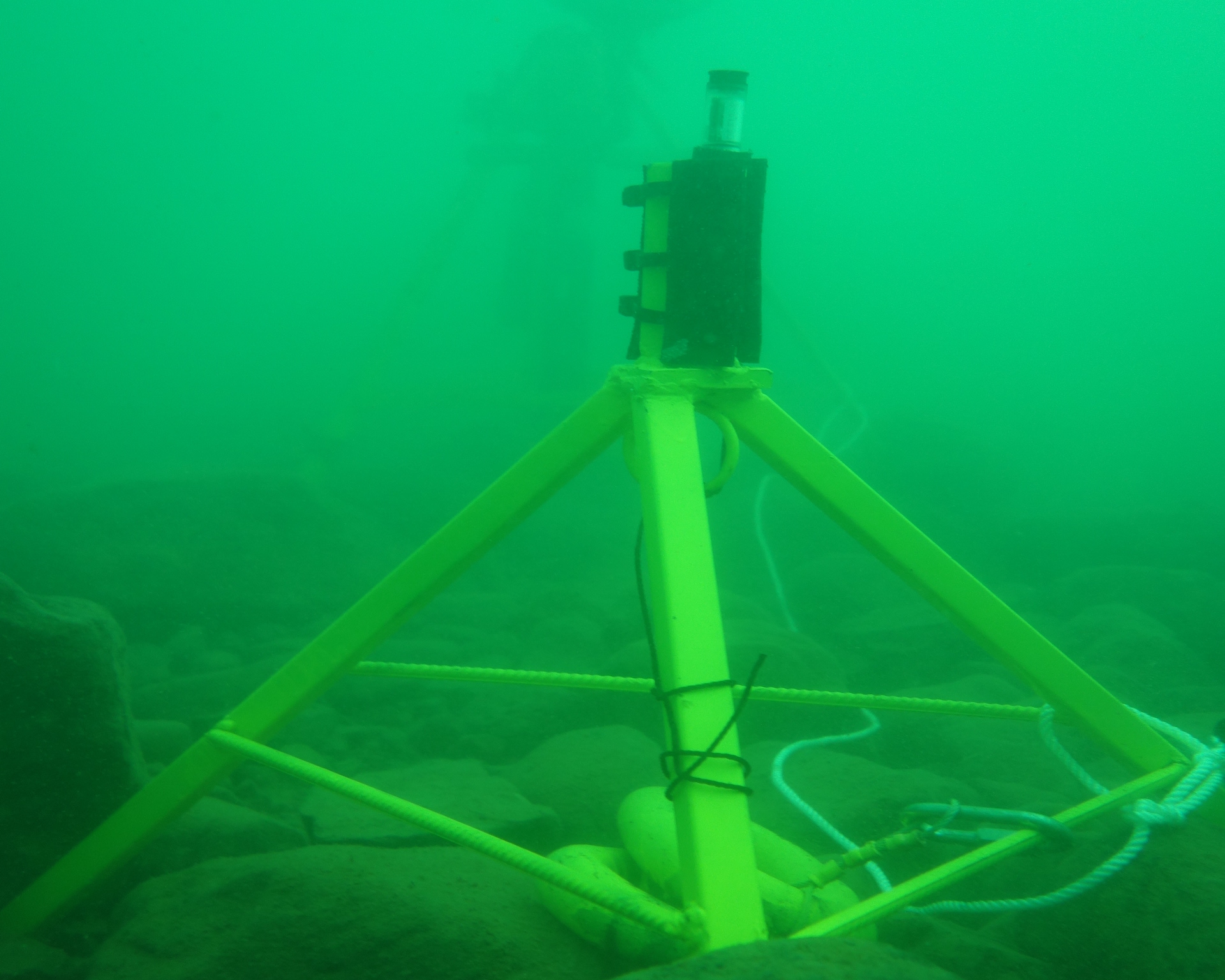
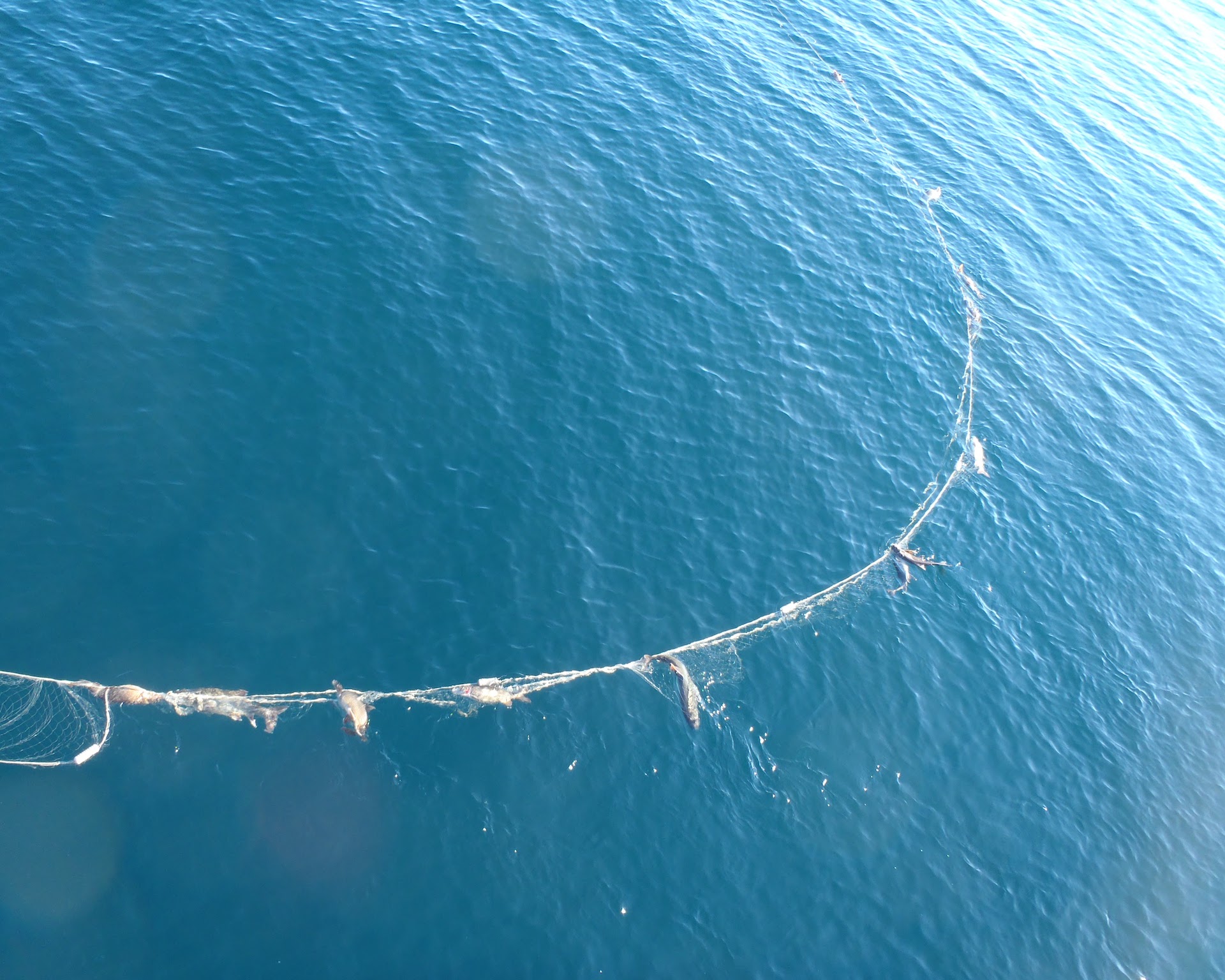
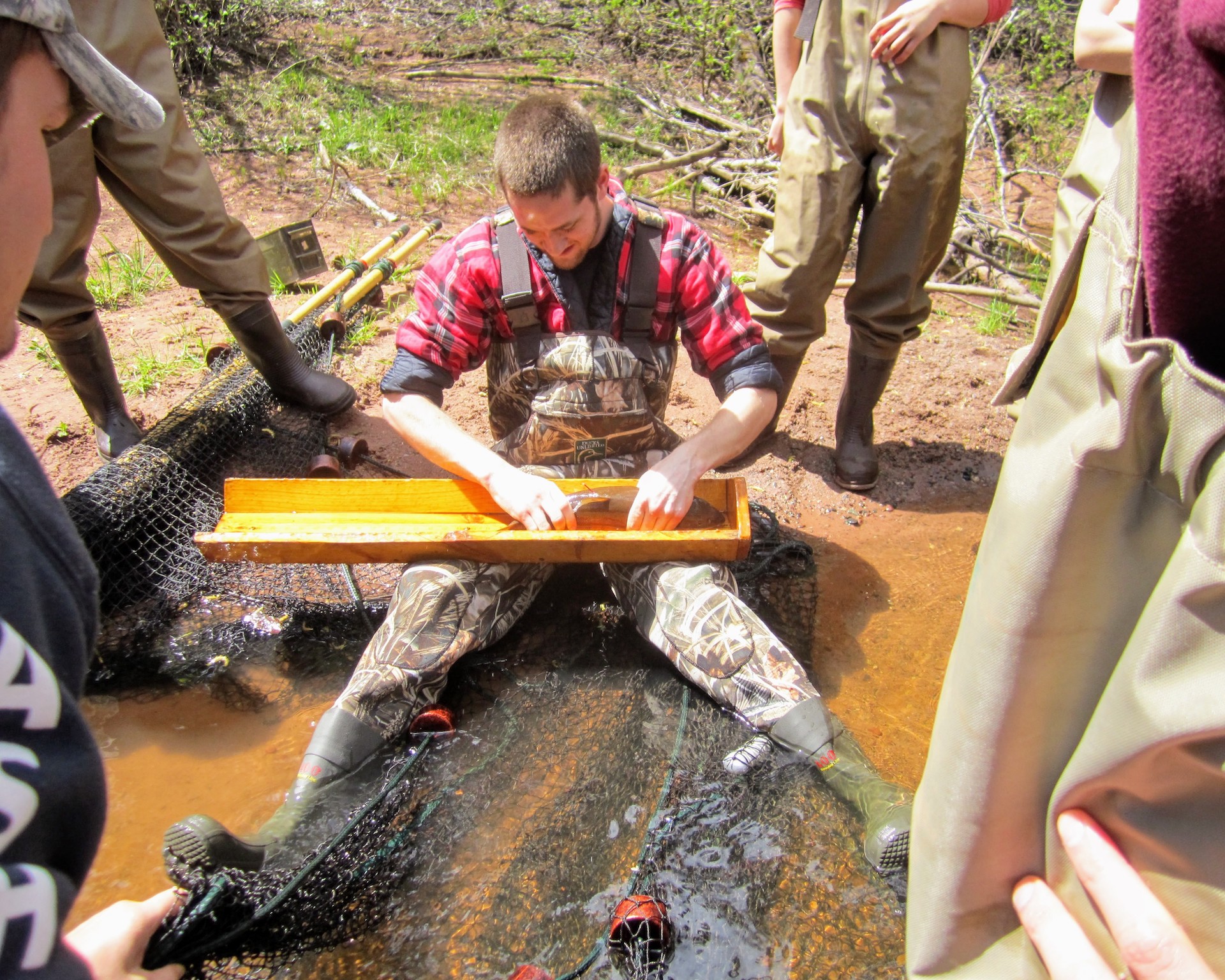
×
![]()















